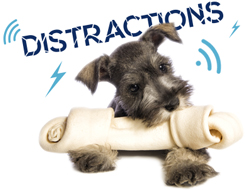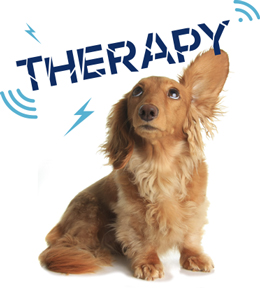Additional Advice to Give to Pet OwnersPage 11 of 13
In addition to use of pheromones, building a ‘safe spot’ or den and possibly the use of medication to deal with noise phobia in dogs, here’s some additional advice for your pet owners:
Advice for actions to take during an episode
- Pet owners should ignore fearful behaviors and try to act as normal as possible.
- Most pet owners want to make their dog feel better and pay extra attention to them when they are frightened. Changes in the owner’s behavior can become a cue for the dog that predicts “something bad is getting ready to happen!”.
- Pet owners can provide distractions during noise events such as playing games, providing chew toys, etc.



